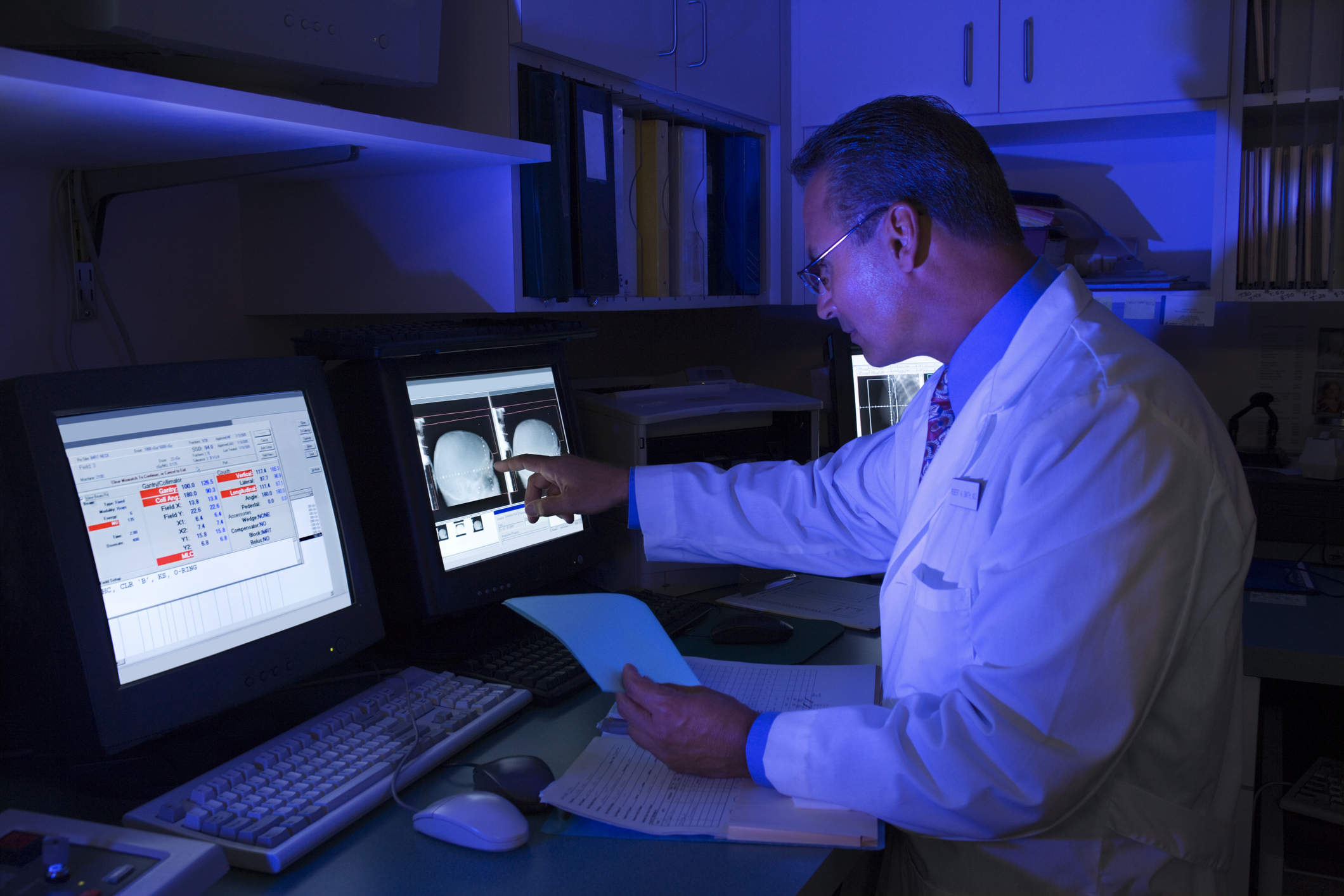The rapid rise of Pokémon Go served as the catalyst for a brave new augmented world.
A primitive and early form of Augmented Reality, Pokémon Go allows Pokémon trainers to ‘be the very best, like no one ever was’ and catch them all using an intelligent interface where contextual information is overlaid or merged with reality. But Augmented Reality is destined for more than just panem et circenses. It promises the dawn of a new day, a healthcare system by the people, for the people.
Here are a select few ways that Augmented Reality will advance healthcare in the not too distant future:
Rise of ARnatomy
We have been teaching human anatomy the same way for the last several hundred years, dissecting cadavers to gain a retrospective understanding of how the body works. But, the humble cadaver is approaching retirement, and while its end is not here yet, Augmented Reality will be the genesis that transforms medical education. A.R will change the way we interact with the human body, we will be able to observe organs in motion, listen to a beating heart, and follow synapses flowing through the brain. By changing how we interact with the human body, we will profoundly change our understanding of it.
In late 2015, Case Western Reserve and Cleveland Clinic broke ground on a “state-of-the-future” 485,000-square-foot Health Education Campus. Gone are the traditional cadaver-filled laboratories that for decades have valiantly served anatomy classes, replaced instead with Microsoft HoloLens. The HoloLens brings cadavers and textbooks to life, allowing students to explore, alter and examine the human body from every angle. Students who used the HoloLens reported that 15 minutes spent interacting with the body through HoloLens would “have saved them dozens of hours” of study in their traditional anatomy labs. Professor Mark Griswold, a world-renowned radiology researcher, who has worked with datasets of brain MRIs for more than a decade, had “never fully understood their 3D structure” until he saw them born again in Augmented Reality.
Relay Contextual Overlay
There exists an innate disconnect between the patient and the clinician, a distance separating the two that is the screen. As hospitals and healthcare systems sluggishly move from paper based systems to Electronic Medical Records, we should instead be bravely looking towards a new future, or face a forgettable one. Augmented Reality is that brave new future, and by using A.R, clinicians will be able to overlay contextual and relevant information, at the point of care – aka the patient. The clinician will be able to intimately engage with their patient, while that patient will for the first time be able to see, understand, and interact their own information.
In rural areas and battlefields, surgeons often do not have the skills or knowhow required to effectively treat patients. Using ‘augmented reality telementoring’, specialists who are thousands of miles away will soon be able to provide remote guidance and support. Step-by-step instructions will be superimposed over the patient’s body, providing direction from where to slice, to the display of a patient’s vital signs. Clinicians at the Beth Israel Deaconess Medical Center in Boston are already using A.R to overlay relevant clinical data in their field of vision as they speak with and examine patients. Triggered by a QR code outside the patient’s room, the headsets can pull in relevant Electronic Medical Record data relating to the patient. CIO Dr. John Halamka believes “wearable computing will replace tablet-based computing for many clinicians who need their hands free and instant access to information.”
Walk a Mile in My Shoes
Globalisation has created a more connected world, but has led to a less empathetic one. “Empathy is the ability to understand another’s experience, to communicate, and to confirm that understanding.” In the clinical environment, most clinicians rarely express empathy. In a recent study, Oncologists displayed empathy just 22% of the time, choosing instead to discuss some other aspect of medical care, such as a change in therapy the remainder of the time. The impact of clinical empathy cannot be understated; it leads to improved patient satisfaction, increased adherence, more precise diagnoses, fewer medical errors and malpractice claims.[7]
Through Augmented Reality, we can employ user-centric empathetic design to give clinicians a literal understanding of their patients’ subjective experience at particular location or at a certain point in time. EyeDecide designed by Orca Health uses your smartphone camera to simulate the vision of a patient impacted by a certain condition. Architects and industrial designers can also design more empathetic user-centric devices and buildings by using A.R to understand the challenges that many impaired patients face.
To become the city on the hill that our healthcare system aspires to be, we need to embrace new and novel approaches to surgery, education and empathy. Augmented Reality represents a departure from the status-quo that has been the accepted medical standard for the last few hundred years; one where healthcare is free from the constraints of convention and tradition.



